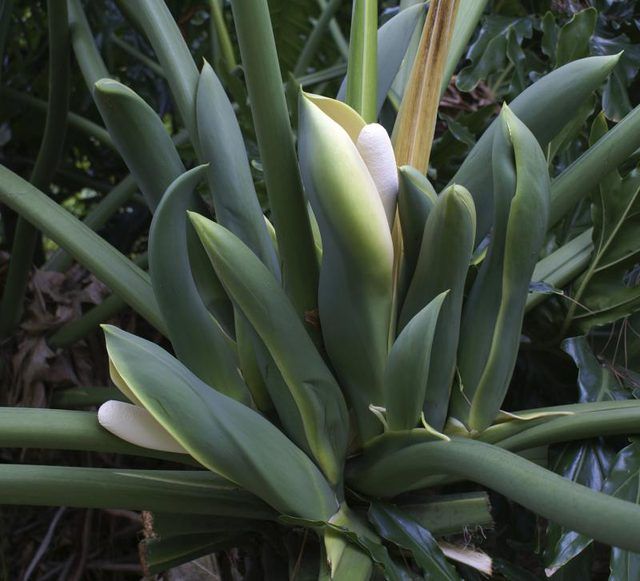Bulbs
Flower Basics
Flower Beds & Specialty Gardens
Flower Garden
Garden Furniture
Garden Gnomes
Garden Seeds
Garden Sheds
Garden Statues
Garden Tools & Supplies
Gardening Basics
Green & Organic
Groundcovers & Vines
Growing Annuals
Growing Basil
Growing Beans
Growing Berries
Growing Blueberries
Growing Cactus
Growing Corn
Growing Cotton
Growing Edibles
Growing Flowers
Growing Garlic
Growing Grapes
Growing Grass
Growing Herbs
Growing Jasmine
Growing Mint
Growing Mushrooms
Orchids
Growing Peanuts
Growing Perennials
Growing Plants
Growing Rosemary
Growing Roses
Growing Strawberries
Growing Sunflowers
Growing Thyme
Growing Tomatoes
Growing Tulips
Growing Vegetables
Herb Basics
Herb Garden
Indoor Growing
Landscaping Basics
Landscaping Patios
Landscaping Plants
Landscaping Shrubs
Landscaping Trees
Landscaping Walks & Pathways
Lawn Basics
Lawn Maintenance
Lawn Mowers
Lawn Ornaments
Lawn Planting
Lawn Tools
Outdoor Growing
Overall Landscape Planning
Pests, Weeds & Problems
Plant Basics
Rock Garden
Rose Garden
Shrubs
Soil
Specialty Gardens
Trees
Vegetable Garden
Yard Maintenance
How to Care for Philodendron
How to Care for Philodendron. Although philodendron (Philodendron spp.) plants cover a genus of more than 200 species, they are neatly categorized as climbing (vining) or non-climbing (upright) types. Regardless of their growth type, philodendrons require similar care, which places them in the coveted category of suitable for even novice gardeners.

Although philodendron (Philodendron spp.) plants cover a genus of more than 200 species, they are neatly categorized as climbing (vining) or non-climbing (upright) types. Regardless of their growth type, philodendrons require similar care, which places them in the coveted category of suitable for even novice gardeners.
Water and Humidity
Native to tropical and rainforest climates, philodendron is not a drought-tolerant plant. During the growing season, water thoroughly when the soil is barely dry to the touch -- enough to soak the root ball, but not so much that the soil becomes soggy. Excess water should drain freely. In the winter, when philodendron’s growth slows or stops briefly, water only enough to keep the soil barely moist. Philodendron prospers in a humid atmosphere, particularly in dry homes, which you can provide by setting pots on top of pebbles in water-filled trays.
Fertilizer Requirements
Atypical of many foliage plants, philodendron is a heavy feeder. Some philodendron plants seem to thrive on neglect without any fertilizer, but most plants perform best on a regular fertilizer regimen. Because any flowers the plants may produce are subordinate to the leaves, which is philodendron’s primary merit, using a high-nitrogen fertilizer promotes lush foliage growth. Look for a 24-8-16 premixed formulation, or a water-soluble fertilizer that you dilute typically at the rate of 1/2 teaspoon per gallon of water, and apply every two weeks during the plant’s growing season.
Pruning Different Species
Most philodendron species, such as heart-leaf philodendron (Philodendron scandens, formerly Philodendron cordatum) are perennials in U.S. Department of Agriculture plant hardiness zones 11 through 12, where they need temperatures above 65 degrees Fahrenheit to survive. One of the hardiest species, cut-leaf or tree philodendron (Philodendron bipinnatifidum, formerly Philodendron selloum), grows in USDA zones 9 through 11. Heart-leaf philodendron’s vines may reach 20 feet whether it grows outside or indoors, and with its natural habit of dropping its lower leaves, the plants tend to become leggy. You can prune the vines to keep plants tidy, which also promotes new foliage growth and makes the plants bushier. Tree philodendron typically maintains a full, upright shape, but when the older leaves naturally wilt and turn yellow before they die, you can go ahead and prune them away. Disinfect all pruning tools by soaking them for five minutes in a solution of 1 part household pine-oil cleaner to 3 parts water, and rinse thoroughly with water before making any cuts.
Pests, Problems and Precautions
Philodendron is not generally bothered by pests. Occasionally, aphids, spider mites, mealybugs or scale insects may feed on plants, but the University of Florida recommends a chemical-free management strategy -- simply rinse the plants with water in a sink or shower to dislodge the pests. If philodendron is over- or under-watered or overfertilized, the leaf tips may turn brown. Because some species produce toxic chemicals, keep plants out of the reach of children and pets, and wear gloves when pruning.